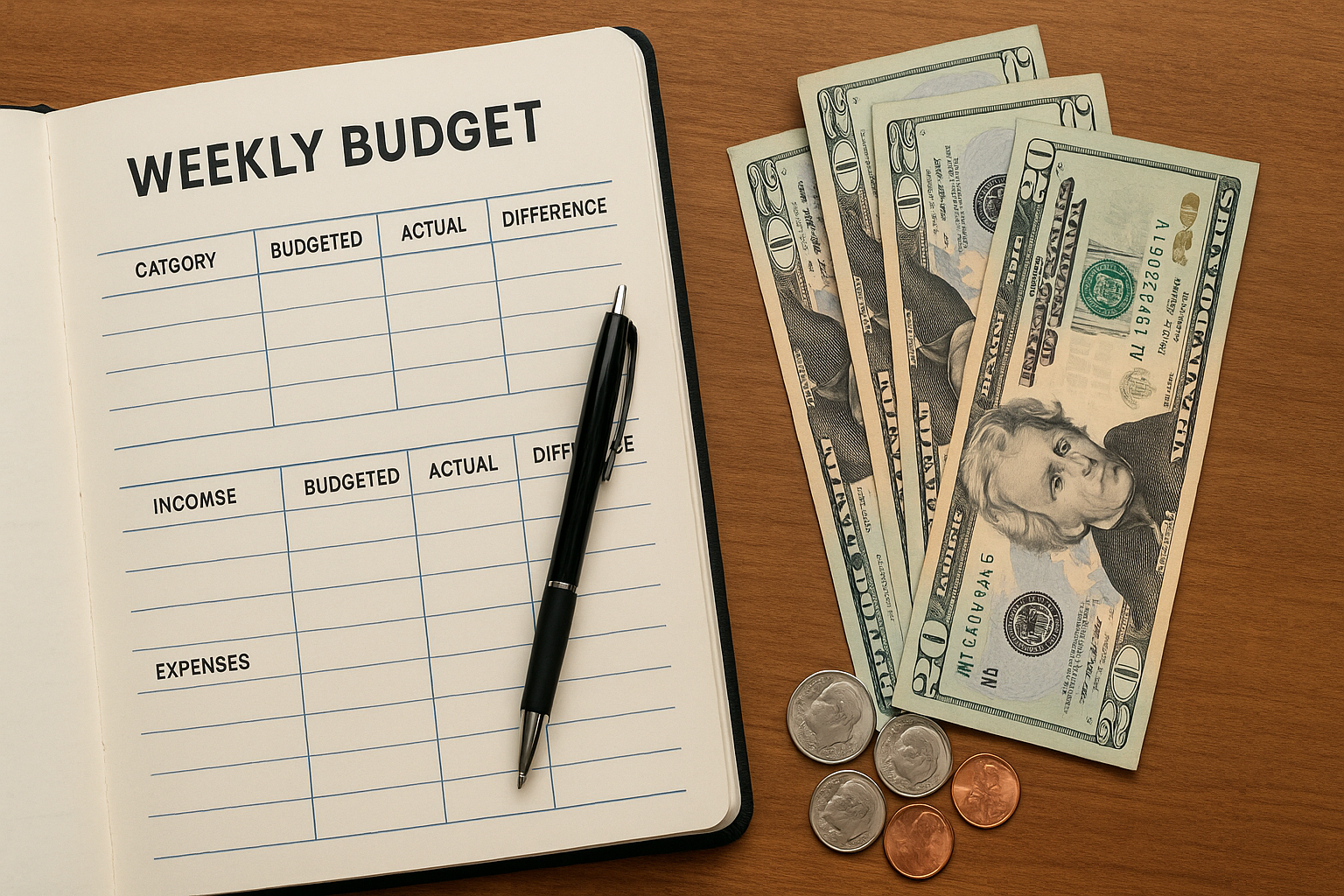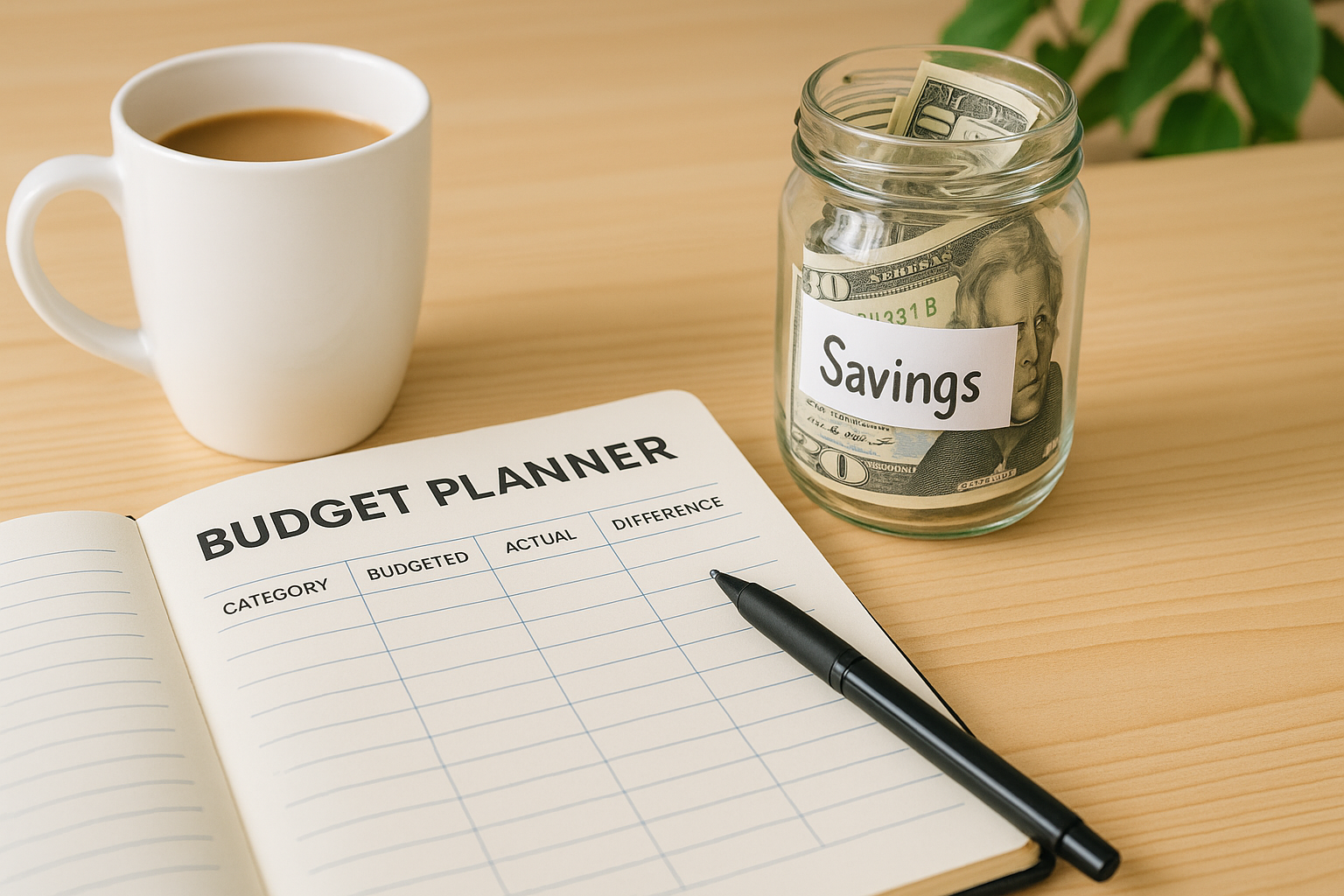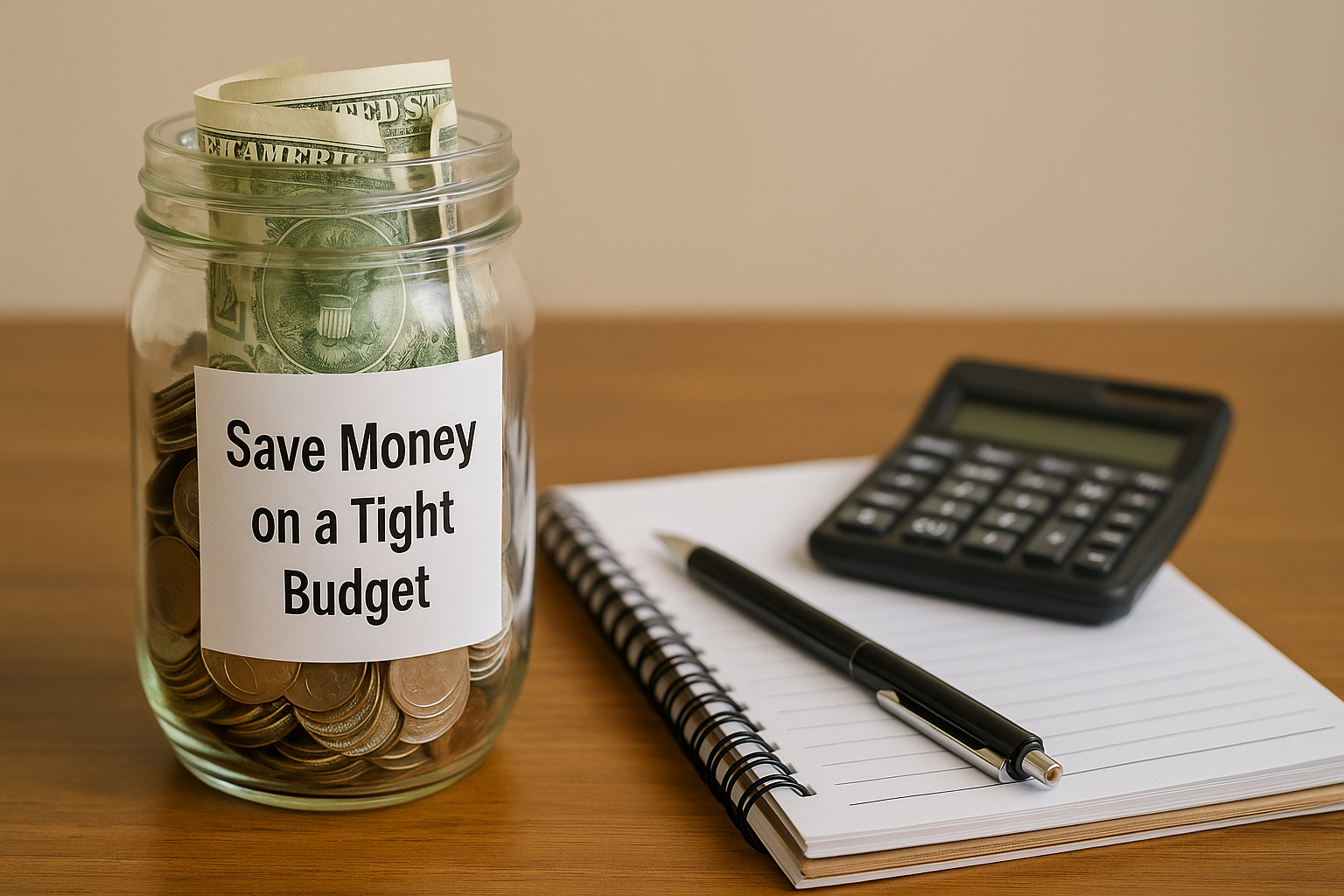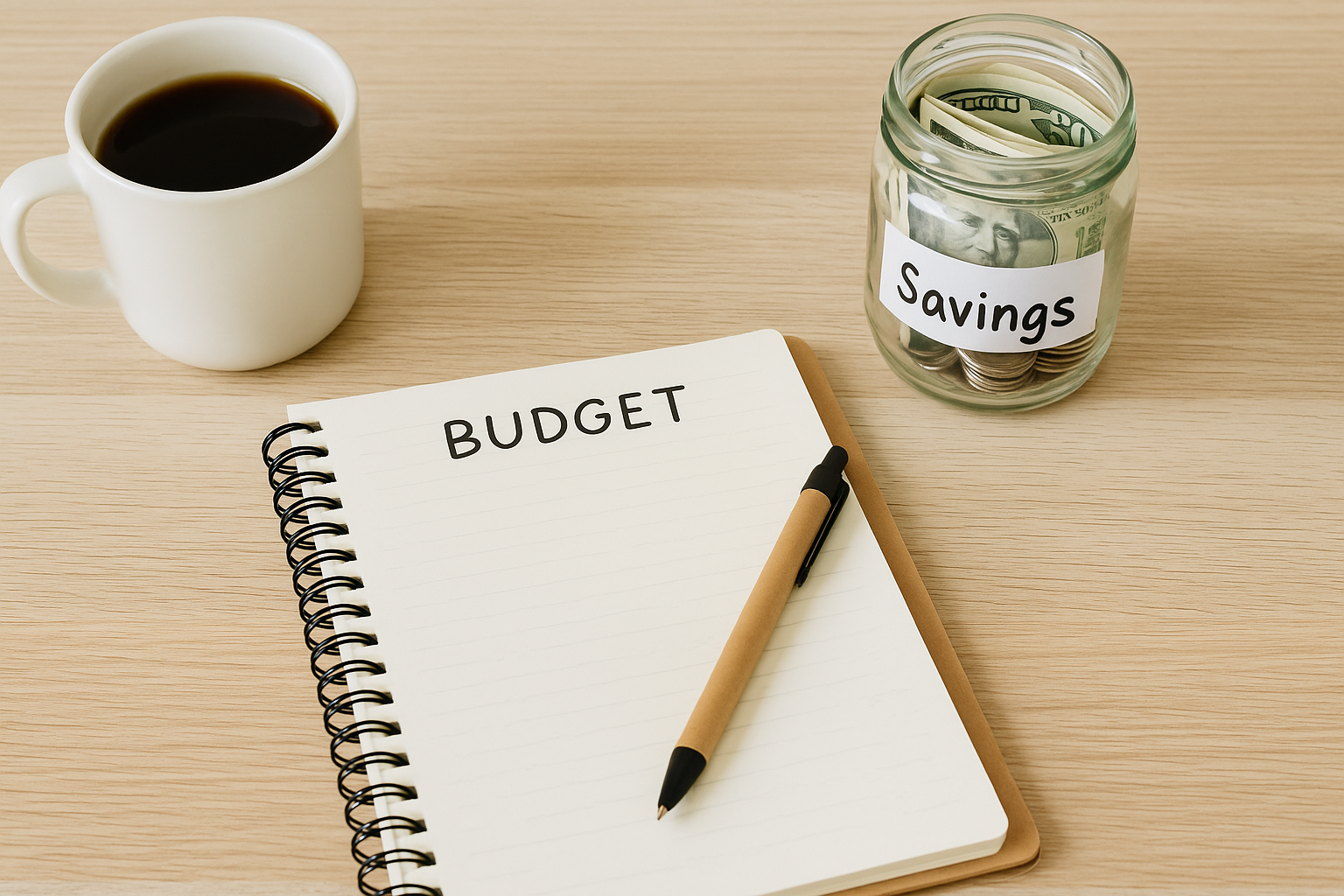How to stick to a weekly budget is a common question for anyone trying to improve their finances. The good news is that with the right plan, you can stay on track and build meaningful savings—even reaching goals like saving $1,000 faster than you thought possible. In this guide, we’ll break down proven strategies that help you master your weekly budget and watch your savings grow.
Why Sticking to a Weekly Budget Matters
Budgeting isn’t just about restricting spending. It’s about giving your money purpose. When you stick to a weekly budget, you:
-
Gain clarity on where your money goes
-
Identify wasteful expenses
-
Free up cash to meet savings goals
-
Build financial confidence
If your goal is to save $1,000 fast, a solid weekly budget is one of the smartest tools you can use.
1️⃣ Set a Realistic Weekly Spending Limit
The first step to stick to a weekly budget is to calculate your take-home income and divide it by 4. From there, set aside money for essentials like rent, groceries, and bills.
👉 Example: If you earn $2,000 a month, you have $500 per week. Decide in advance what portion of that will go to savings.
💡 Tip: Use a tool like YNAB or Mint to automate your budget planning.
2️⃣ Prioritize Saving First
If you want to save $1,000 fast, treat your savings goal like a bill. Move your savings amount to a separate account at the start of the week—before spending on anything else.
👉 External Resource: NerdWallet’s Guide to High-Yield Savings Accounts
3️⃣ Track Every Dollar
To stick to a weekly budget, tracking is critical. Write down or log every dollar you spend. This helps you spot problem areas fast.
✅ Apps like Goodbudget or EveryDollar make this simple.
4️⃣ Cut Non-Essential Spending
Look for expenses that don’t add value. Cancel unused subscriptions, cut down on takeout, or switch to a cheaper phone plan.
5️⃣ Meal Plan and Shop Smart
Food is one of the easiest places to overspend. To stick to a weekly budget:
-
Plan meals ahead
-
Make a grocery list and stick to it
-
Buy store brands
👉 Internal Link: 7 Easy Ways to Save Money on a Tight Budget
6️⃣ Use Cash or a Prepaid Card
Using cash or prepaid cards for discretionary spending makes it easier to avoid overspending. Once the money’s gone, it’s gone.
7️⃣ Automate and Simplify
Set up automatic transfers for your savings goal. When saving is on autopilot, it’s easier to succeed.
How to Save $1,000 Fast with a Weekly Budget
Here’s a simple plan to help you hit $1,000 in 10 weeks:
-
Save $100 per week: Put this amount aside the moment you’re paid
-
Reduce spending on entertainment, dining out, and impulse buys
-
Use cashback or rebate apps to add extra savings
By combining these steps, you’ll not only stick to a weekly budget—you’ll hit your savings goal faster.
Staying Motivated
-
Track progress visually (use a savings tracker)
-
Reward small wins (e.g., celebrate every $250 milestone)
-
Review your budget regularly to adjust as needed
Final Thoughts
Learning how to stick to a weekly budget isn’t always easy at first, but with practice, it becomes second nature. The payoff is huge: less stress, more savings, and greater control over your financial future. Start today, and that $1,000 will be yours before you know it.




